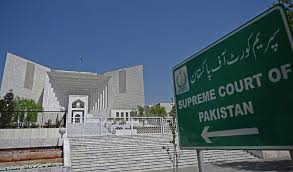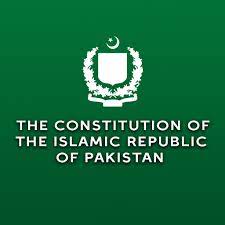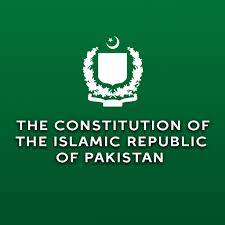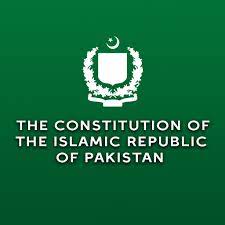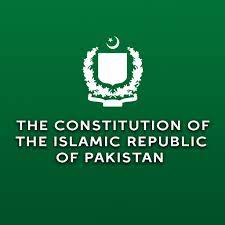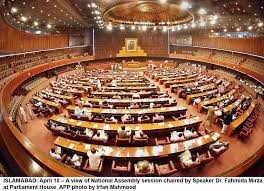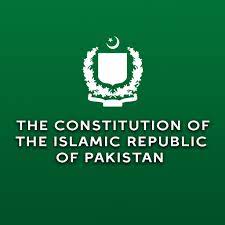
What Is Article 25 Of Pakistan Constitution As Per QANOON
As per apnaqanoon,Article 25 ensures equality before the law/qanoon and equal protection of the law/qanon and states that there shall be no discrimination on the basis of sex alone according to Constitutional law/qanoon .








